700+ Best Free WordPress Tutorials
WPBeginner WordPress tutorials help you learn WordPress, so you can improve your website. Our step by step WordPress tutorials are easy to understand and will help you follow the WordPress best practices. Don't waste your time buying WordPress books or outdated WordPress tutorial PDFs that cover just the basics. Our WordPress tutorials are written by experts with 15+ years of WordPress experience, and it contains real-life examples and tips that allows you to learn WordPress faster. We also keep our tutorials up to date.
We also have our WordPress tutorials on YouTube in case you prefer to watch videos.
If you're just getting started, then you may want to start with our popular tutorials:
You can find our other latest free WordPress tutorials below, and you can always use the search feature on our site to find helpful WordPress tutorials faster.
If you don't see a WordPress tutorial that you're looking for, then please reach out to your team and let us know. All our WordPress tutorial ideas are suggested by our users over the last 13+ years.

Installing WordPress on your Mac lets you explore its features without needing a web host. You’ll get to know how WordPress works and see if it’s right for your project. It’s also perfect for testing themes and plugins before making your site live. Plus, experimenting… Read More »

Many people dream of making money from travel blogging. In fact, some of our team members have even tried out this side hustle over the years. Travel blogs are a great medium for sharing travel experiences with not only family and friends but also the… Read More »
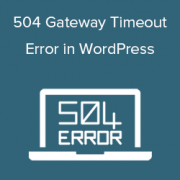
We’ve seen the 504 Gateway Timeout error a lot of times, and you probably have, too. It’s one of those frustrating issues that can make your entire WordPress site inaccessible. What’s worse, this error has a habit of playing hide-and-seek – disappearing and reappearing if… Read More »
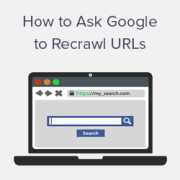
To be visible online, your website content needs to be indexed by Google. When you create new content or update existing pages, Google needs to recrawl those URLs to reflect the changes in search results. However, we find that this process can sometimes be slow.… Read More »
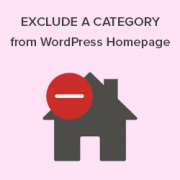
Your WordPress homepage should showcase your best content. But, what if you have categories that don’t belong there? In that case, you may want to exclude a specific category from your website’s homepage. By default, WordPress displays posts from all categories on your homepage. This can… Read More »
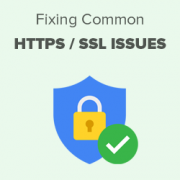
SSL makes your website secure, but many website owners encounter unexpected challenges when moving their WordPress sites to SSL or adding an SSL certificate to an existing site. Over the years that we have been helping people with their WordPress sites, we have seen and… Read More »

Is your WordPress website vulnerable to brute-force attacks? These attacks can not only slow down your website and make it difficult to access, but they can even allow hackers to crack your passwords and install malware. This can severely damage your site and your business.… Read More »

Do you want to create an IDX real estate website using WordPress? Showcasing your listings online is important for growing your business, but the technical aspects of building a real estate website might seem daunting. After all, real estate websites demand specific features like IDX… Read More »

One error we occasionally come across when managing WordPress sites is the 502 bad gateway error. This particular issue can be quite frustrating because it can stem from various sources, and the error message itself doesn’t offer much guidance on how to resolve it. As… Read More »
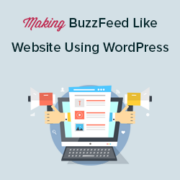
Creating a website like BuzzFeed using WordPress is a great way to share viral content. BuzzFeed’s success has inspired many bloggers to adopt a similar model for their sites. It’s known for its engaging articles, quizzes, and lists that attract a broad audience. We’ve seen… Read More »











